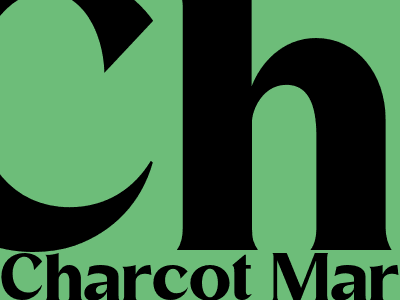Charcot-Marie-Tooth Disease: A Comprehensive Guide
Understanding Charcot-Marie-Tooth Disease (CMT)
Charcot-Marie-Tooth disease (CMT) is a group of inherited neurological disorders that affect the peripheral nerves, leading to progressive muscle weakness and atrophy, primarily in the feet, hands, and legs. It is estimated to affect approximately 1 in 2,500 individuals worldwide.
Types of Charcot-Marie-Tooth Disease
CMT is classified into several subtypes, each with its unique genetic cause and clinical presentation:
- CMT1: The most common subtype, characterized by slow nerve conduction velocities and demyelination, leading to foot deformities and weakness in the lower legs.
- CMT2: Also known as axonal CMT, this subtype involves degeneration of the nerve axons, resulting in muscle atrophy and weakness, particularly in the hands.
- CMT3: A rare subtype characterized by severe demyelination and axonal loss, leading to significant muscle weakness and disability.
- CMT4: A subtype caused by mutations in the GDAP1 gene, resulting in delayed motor development, muscle weakness, and respiratory problems.
- CMT5: A subtype associated with mutations in the EGR2 gene, leading to recurrent episodes of demyelination and motor weakness.
Causes and Genetics
CMT is caused by mutations in genes that are involved in the structure and function of peripheral nerves. Inheritance patterns vary depending on the subtype, including autosomal dominant, autosomal recessive, and X-linked inheritance.
Symptoms of Charcot-Marie-Tooth Disease
Symptoms of CMT typically begin in childhood or adolescence and progress gradually over time. Common symptoms include:
- Muscle weakness and atrophy in the feet, hands, and legs
- Foot deformities, such as high arches, hammertoes, and claw toes
- Difficulty walking, running, or maintaining balance
- Numbness, tingling, or pain in the hands and feet
- Hand deformities, such as claw hands or mallet fingers
- Scoliosis or other spinal deformities
- Hearing loss (in some subtypes)
- Respiratory problems (in severe cases)
Diagnosis and Treatment
Diagnosis of CMT involves a thorough medical history, physical examination, and nerve conduction studies to assess the functioning of the peripheral nerves. Genetic testing can help confirm the specific subtype of CMT.
Currently, there is no cure for CMT, but treatment options aim to manage symptoms and improve quality of life. These include:
- Physical therapy to strengthen muscles and improve mobility
- Occupational therapy to improve daily activities and fine motor skills
- Speech therapy (for subtypes with hearing loss)
- Orthopedic devices, such as braces and splints, to support and protect weak muscles
- Medications to manage pain or other symptoms
Living with Charcot-Marie-Tooth Disease
Living with CMT can present challenges, but support and resources are available. Joining support groups, connecting with other individuals with CMT, and seeking professional guidance can provide emotional and practical assistance.
Advances in research are ongoing to improve understanding and develop new treatments for CMT. Clinical trials and genetic studies hold promise for future progress.

Komentar